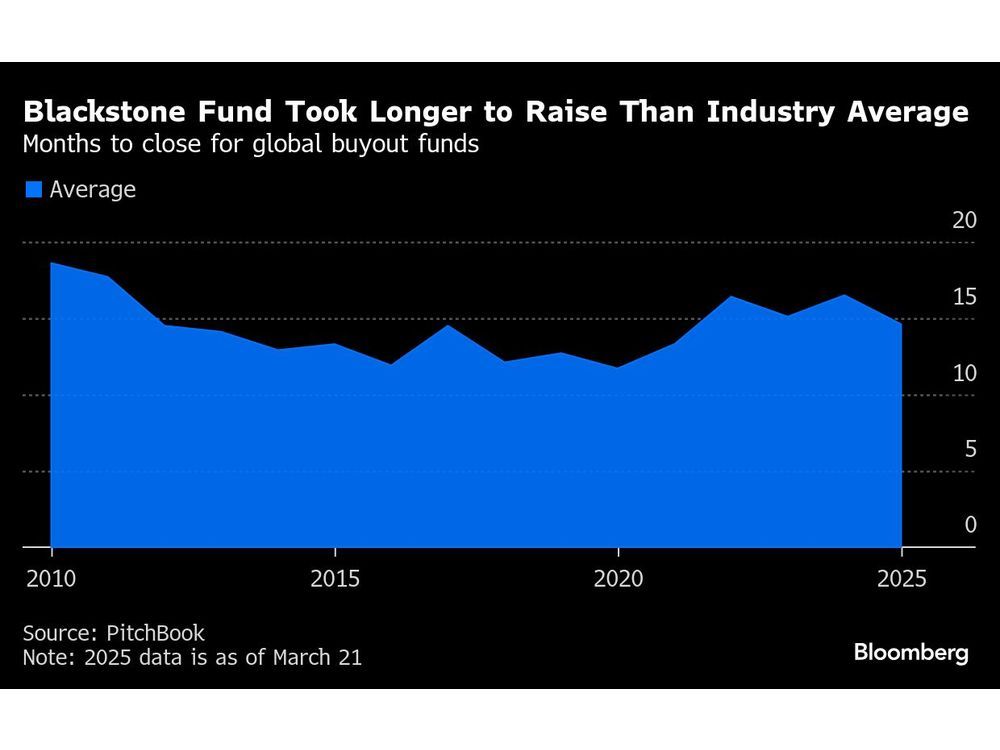Vertical and horizontal analysis provide valuable insights into multiple aspects of a company’s financial performance. However, they differ in the way they help analyze financial statements.
What is Vertical Analysis?
Vertical analysis (or common-size analysis) is a financial evaluation method focused on dissecting and comparing individual components within financial statements for a single reporting period. This technique involves representing each line item on a financial statement as a percentage of a critical benchmark, such as total revenue or assets.
By converting financial data into percentages, vertical analysis facilitates a more in-depth examination of the composition and relative significance of different elements within the statements, aiding in detecting trends, relationships, and patterns. Through vertical analysis, analysts and stakeholders gain insights into the proportional contribution of each line item to the overall financial picture.
What is Horizontal Analysis?
Horizontal analysis (or trend analysis) is an analysis technique used to evaluate and compare financial data across multiple periods. It involves examining changes and trends in financial statements, such as income statements, balance sheets, and cash flow statements, over time. The primary focus of horizontal analysis is to assess the direction and magnitude of changes in key financial metrics and line items from one period to another.
Horizontal analysis involves calculating dollar amount changes and percentage changes for each line item on the financial statements in various periods. This analysis helps stakeholders and analysts identify trends, patterns, and fluctuations in performance over time. It provides insights into the changes in revenues, expenses, assets, liabilities, and other financial metrics, allowing for a comprehensive assessment of a company’s financial health and performance trajectory.
Vertical Analysis vs Horizontal Analysis: What are the differences?
Vertical and horizontal analysis take different approaches when analyzing financial statements. The differences between the two come from the following areas.
Focus
Vertical analysis focuses on analyzing individual components of financial statements within a single period by expressing each item as a percentage of a critical benchmark, such as total revenue or assets. However, horizontal analysis evaluates changes and trends in financial data across multiple periods by comparing dollar amount changes and percentage changes for each line item between two or more periods.
Time frame
Vertical analysis considers the composition and relative significance of financial statement items within a specific reporting period. In contrast, horizontal analysis considers the direction and magnitude of changes in financial statement items over time, typically comparing data from consecutive or historical periods.
Purpose
Vertical analysis helps assess the proportional contribution of different line items to the overall financial picture and identify trends or patterns within a single period. However, horizontal analysis assists in identifying trends, patterns, and fluctuations in financial performance over time, aiding in understanding the trajectory of financial metrics and evaluating long-term performance.
Calculation
Vertical analysis involves converting financial data into percentages by dividing each line item by a critical benchmark. On the other hand, horizontal analysis measures dollar amount changes and percentage changes for each line item between two or more periods.
Scope
Vertical analysis focuses on analyzing the composition and structure of financial statements vertically, emphasizing the relative importance of different components within a single period. Contrastingly, horizontal analysis analyzes changes and trends in financial statements horizontally, emphasizing the evolution and direction of financial metrics over time.
Conclusion
Vertical and horizontal analysis are two methods of analyzing financial statements to identify trends. The former focuses on comparing individual components for a single period by establishing a benchmark. On the other hand, horizontal analysis looks at the same line items over various periods for comparison. The differences between the two come from their focus, time frame, purpose, calculation, and scope.
Further questions
What's your question? Ask it in the discussion forum
Have an answer to the questions below? Post it here or in the forum

